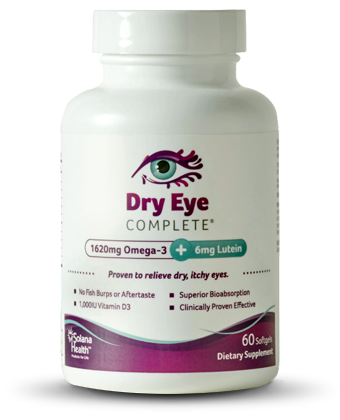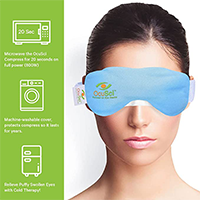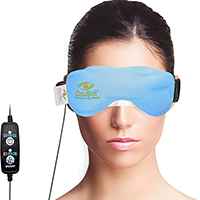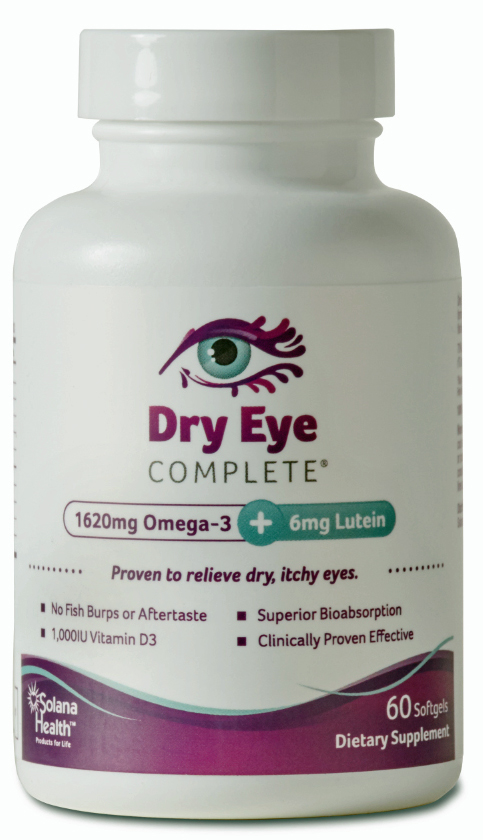Diabetic eye disease, or retinopathy, is a condition where the retina, which is the part at the back of the eye that allows us to see, becomes damaged. It is a complication of diabetes and one that affects most diabetics to some degree. It is also one of the leading causes of blindness in adults in this country.
What Causes Diabetic Eye Disease?
In order for us to see, light has to be able to reach the retina, focused by the eye’s lens. It is a sensitive cell layer, converting the light into signals, which the optic nerve then sends to the brain. Finally, the brain interprets the electric signals to produce images. The retina is supplied with blood by a delicate network of intricate blood vessels. When these grow haphazardly, leak, or become blocked, damage to the retina occurs and it no longer works properly. This is known as retinopathy. One of the most common reasons for this damage to occur is a chronically high blood sugar level. Usually, the condition develops through four stages:
- Mild non-proliferative retinopathy, where micro-aneurisms (swellings in the blood vessels) occur. These may start to leak fluid.
- Moderate non-proliferative retinopathy, where the blood vessels start to distort and swell. They become less capable of transporting blood. The retina starts to change in its appearance.
- Severe non-proliferative retinopathy, where a large amount of blood vessels start to be blocked, meaning the retina is deprived of blood. The parts where blood is no longer available secrete growth factors, telling the retina to grow more new blood vessels.
- Proliferative diabetic retinopathy, or PDR, where new blood vessels start to grow inside the vitreous gel. These are fragile vessels, and they often leak and bleed. Scar tissue starts to form that can cause the retina to detach. When this happens, permanent vision loss occurs.
Retinopathy can affect people with all types of diabetes, which are type 1, type 2, and gestational diabetes. The longer someone is diabetic, the greater the risk is of having retinopathy. Around 40% to 45% of people in this country who are diabetic also have one of the four stages of retinopathy, but only around 50% are aware of this. Those with gestational diabetes often have rapid onset retinopathy or, if they already had one of the stages, it can worsen very quickly.
The Types of Diabetic Eye Disease
There are three types of retinopathy:
- Background retinopathy, which is the earliest form in which eyesight is not affected, but should be monitored.
- Maculopathy happens when an edema starts to develop in the macula, which is responsible for our central vision. Vision often becomes blurry and less effective at seeing details and reading.
- Proliferative retinopathy, the fourth stage of diabetic eye disease, which can lead to blindness. Laser therapy may help to treat this condition.
Symptoms and Detection
When people are in the first stages of retinopathy, they are often asymptomatic. Usually, progression continues until vision becomes affected. Some people do see floating spots, which can clear by themselves. However, if treatment is not offered, these spots are likely to return more often, leading to an increased chance of permanent vision loss. A dilated eye examination can determine whether or not someone has diabetic eye disease. These examinations include:
- Visual acuity testing, whereby it is determined how well people can see different distances.
- Tonometry, which measures the eye’s inside pressure.
- Pupil dilation, whereby drops are placed in the eye to widen (dilate) the pupil, enabling a physician to see the optic nerve and retina.
- Optical coherence tomography (OCT), which uses light waves to see tissues inside the eye.
Through this examination, an ophthalmologist can see five things:
- Whether the blood vessels have changed
- Whether any blood vessels are leaking, or have fatty deposits that can lead to leakages
- Whether the macula is swollen
- Whether the lens has changed
- Whether the nerve tissue is damaged
If an ophthalmologist suspects diabetic retinopathy, he or she will usually perform a fluorescein angiogram as well. This involves injecting an eye into a vein in the arm. When the dye gets to the eye, pictures of the blood vessels of the retina can be taken.
Preventing and Treating Diabetic Eye Disease
Sometimes, vision loss as a result of diabetic eye disease cannot be reversed. However, through early detection, people can be offered treatment, and this can lower the risk of going blind by 95%. Unfortunately, early retinopathy is often asymptomatic, which is why diabetics should have their eyes fully tested yearly. Once it is diagnosed that they have diabetic eye disease, they should have more frequent eye tests. If they fall pregnant, tests will also be required.
An important study was the Diabetes Control and Complication Trial, or DCCT. This demonstrated that controlling diabetes also helps to control and prevent diabetic eye disease. Participants in the study with good control over their sugar levels were also less likely to develop the disease, as well as nerve and kidney disease. Similar results have been found when studying the effects of cholesterol and blood pressure.
Usually, treatment is not offered until retinopathy reaches PDR stages. Once that happens, comprehensive eye examinations should be offered every other month. Treatment may be offered at that time, as the table below highlights.
| Treatment | Details | Side Effects | Complications |
| Laser | · Stops new blood vessels from growing on the retina.
· Can stabilize the condition. · Offered under local anesthetic. · Pupils are widened with drops. · Contacts are placed in the eye to ensure the eyelids stay open. · Often requires multiple treatments. |
· Blurred vision.
· Photophobia (sensitivity to light). · Discomfort and aching. |
· Reduced peripheral vision.
· Reduced night vision. · Floaters. · Bleeding in the eye. · Patterns in vision. · Permanent blind spot in central vision. |
| Eye injections | · Anti-VEGF medication.
· Stops new blood vessels from forming. · Medication includes Eylea (aflibercept) and Lucentis (ranibizumab). · Offered under local anesthetic. · Given once per month at first, then reduced, until stopped completely. · Steroid injections may also be used. |
· Eye discomfort.
· Eye irritation. · Dry eyes. · Itchy eyes. · Foreign body sensation. |
· Floaters.
· Bleeding in the eye. · Blood clots. · Increased eye pressure, particularly with steroid injections. |
| Eye surgery | · Offered if laser therapy is no longer effective.
· Removal of vitreous humor. · Needed if there is a lot of blood in the eye. · Needed if there is a lot of scar tissue. · Needed if there is retinal detachment. · Laser is used to remove scar tissue. · Offered under sedation. |
· Requires you to wear a patch for a few days.
· Blurred vision. |
· Cataracts.
· Bleeding to the eye. · Retinal detachment. · Infections. · Fluid in the cornea. |
If treatment is not effective, you may be referred to a rehabilitation and low vision service. Some devices can help you get the most out of the remaining vision. There are also a lot of charitable and community organizations and agencies that can help you adapt to having low vision. Other services also exist for people with visual impairments. If vision is completely lost, charities for blindness can assist. This includes providing people training in how to use canes for the blind, or by offering guide dogs.
Resources and References:
- National Eye Institute – Facts about Diabetic Eye Disease (NEI.nih.gov)
- Kellogg Eye Center – Diabetic Retinopathy (Kellogg.umich.edu)
- Joslin Diabetes Center – Diabetic Retinopathy: Your Questions Answered (Joslin.org)


















